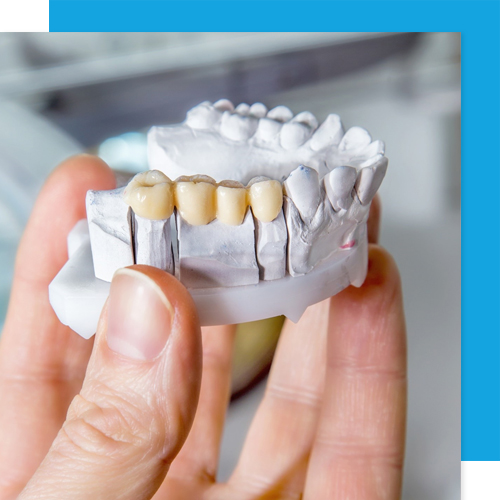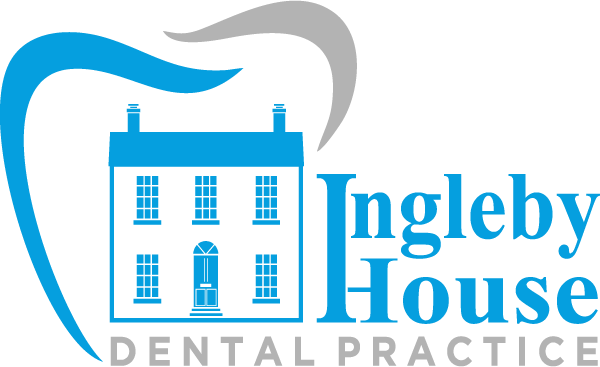BRIDGES
Home / Dental Bridges Cullompton Devon
A dental bridge is used to bridge the gap between two healthy teeth where one or more teeth are missing.
When might you need a dental bridge?
A dental bridge is a viable option when you don’t have many missing teeth, if your missing teeth are all on one side of the mouth or have healthy teeth surrounding the gap. It is essential to tackle tooth loss as soon as possible in order to prevent your remaining teeth from moving into the vacant spaces. As well as affecting your mouth’s function, missing teeth can also have a negative impact on self-esteem and confidence.

What can you expect from treatment?
There are four types of dental bridges, and the exact placement process of your bridge will depend on the type selected:
Traditional Dental Bridge
This type of bridge uses crowns retained by existing teeth or implants placed on either side of the gap to support a pontic (false tooth). This is the most common type of bridge and is typically made from porcelain.
Cantilever Bridge
Cantilever bridges are fixed dental bridges that are held in place on only one side of a missing tooth. The cantilever is a beam that extends out horizontally and only has support on one end. For a cantilever bridge, you only need one natural tooth next to the missing tooth gap.
Maryland Dental Bridge
A Maryland bridge uses metal wings on either side of the pontic to gain support from the backs of teeth neighbouring the gap. The metal framework that supports the bridge is held in place by composite resin. A special light is used to cure the resin, firmly bonding the metal to the backs of the teeth so that they are not visible.
Implant-Supported Bridge
Implant-supported bridges use dental implants as opposed to crowns or frameworks. Typically, one implant is surgically placed for every missing tooth, and these implants hold the bridge in position. If one implant for each missing tooth isn’t possible, the bridge may have a pontic suspended between two implant-supported crowns.
